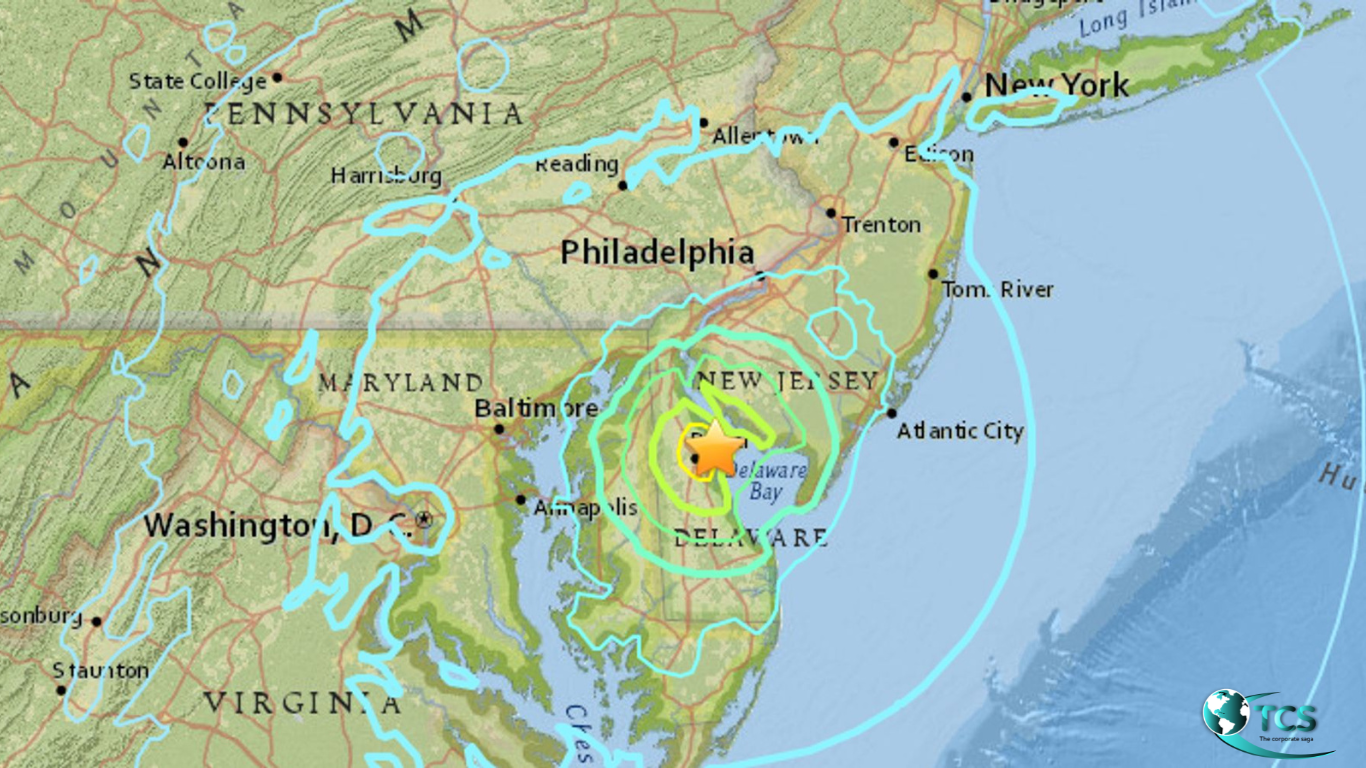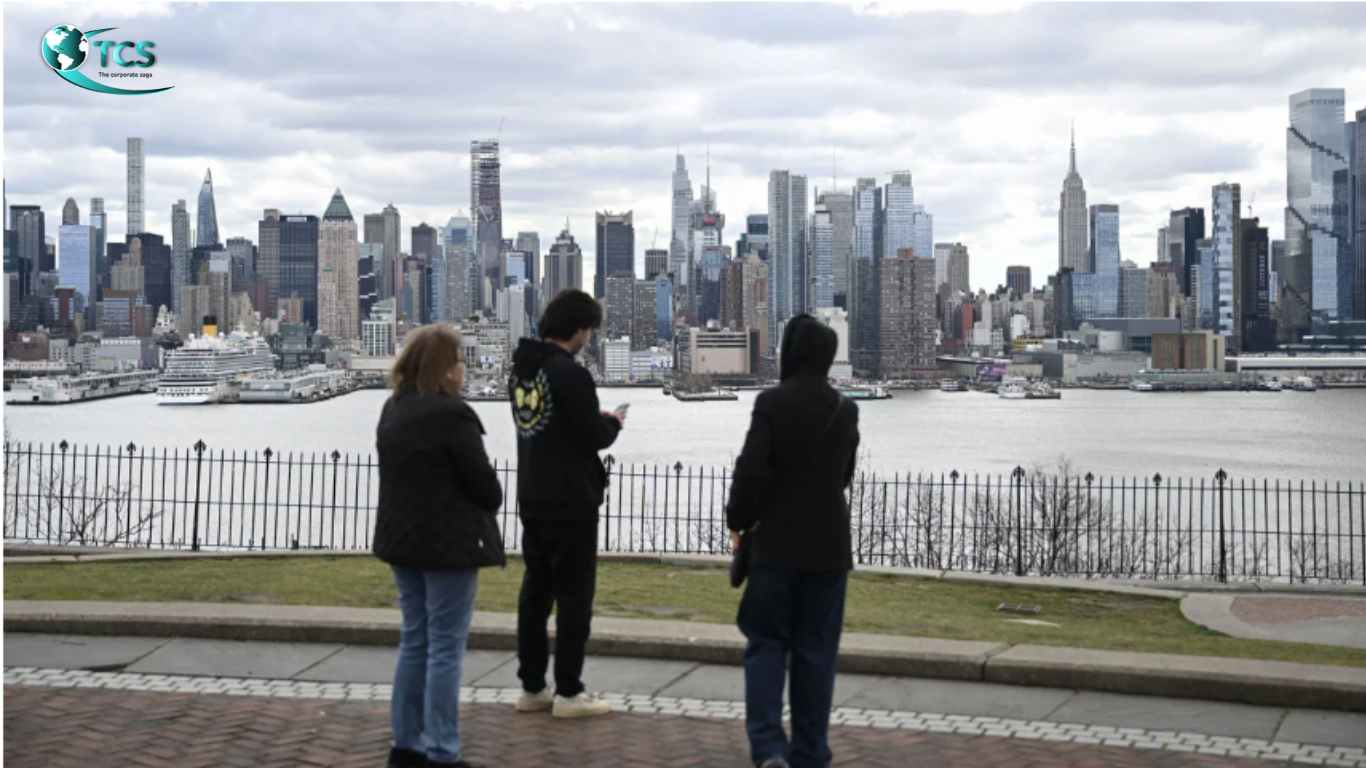Earthquake: A Rumbling Reminder of Nature's Power
In the wake of recent seismic activity, the United States East Coast experienced a jolting reminder of the earth’s unpredictable nature. On [insert date], an earthquake rattled the region, sparking a flurry of concern and highlighting the importance of preparedness in the face of natural disasters.
Understanding Earthquakes
What Causes Earthquakes?
Earthquakes are the result of the sudden release of energy in the Earth’s crust, leading to seismic waves that shake the ground. This energy release can occur due to various geological processes, including the movement of tectonic plates, volcanic activity, or even human-induced factors like mining or reservoir-induced seismicity.
The Mechanics Behind the Tremors
When stress builds up along fault lines or between tectonic plates, it eventually exceeds the strength of the rocks, causing them to fracture and slip past each other. This sudden movement generates seismic waves that propagate through the Earth, causing the ground to shake.
The U.S. East Coast Earthquake
Impact and Magnitude
The recent earthquake that struck the U.S. East Coast registered a magnitude of [insert magnitude], causing buildings to sway and residents to feel the tremors across [mention affected areas]. While the magnitude may not have been as high as some seismic events, the proximity to densely populated areas magnified its impact.
Response and Preparedness Efforts
Local authorities swiftly responded to the earthquake, implementing emergency protocols to ensure public safety. From evacuation procedures to mobilizing first responders, the coordinated efforts aimed to mitigate the potential consequences of the seismic event. However, the incident serves as a stark reminder of the importance of preparedness in earthquake-prone regions.
Importance of Preparedness
Building Resilience
Earthquakes can strike without warning, leaving communities vulnerable to devastation. Investing in resilient infrastructure, conducting regular drills, and educating the public about earthquake safety measures are crucial steps in minimizing the impact of these natural disasters.
Community Engagement
Effective preparedness requires the active participation of communities, businesses, and government agencies. By fostering a culture of awareness and readiness, individuals can better protect themselves and their loved ones in the event of an earthquake or other emergencies.
A Call to Action
As we reflect on the recent earthquake that shook the U.S. East Coast, let it serve as a wake-up call to prioritize preparedness and resilience in the face of natural disasters. By working together and embracing proactive measures, we can build safer and more resilient communities that are better equipped to withstand the earth’s powerful forces.

Magnitude 4.8 Earthquake Strikes Northeastern U.S.: A Wake-Up Call for Preparedness
In a startling turn of events, a magnitude 4.8 earthquake struck the northeastern United States, sending shockwaves through the region and prompting urgent conversations about disaster preparedness. The seismic event, which occurred on [insert date], serves as a stark reminder of the unpredictable nature of our planet and the importance of being ready for the unexpected.
Understanding the Impact
Magnitude and Epicenter
The earthquake, with a magnitude of 4.8, originated near [mention location], sending tremors rippling across [affected areas]. While not classified as a major earthquake, its proximity to densely populated regions heightened concerns about potential damage and casualties.
Response and Recovery Efforts
Local authorities sprang into action following the earthquake, mobilizing emergency response teams and assessing the extent of the damage. From inspecting infrastructure for structural integrity to providing support to affected communities, the focus shifted swiftly to ensuring public safety and facilitating recovery efforts.
The Science Behind the Shake
Causes of Earthquakes
Earthquakes result from the sudden release of energy stored in the Earth’s crust, often triggered by the movement of tectonic plates or volcanic activity. In this case, the earthquake likely occurred due to [insert probable cause], illustrating the complex interplay of geological forces beneath the Earth’s surface.
Understanding Seismic Waves
When stress along fault lines exceeds the strength of rocks, it leads to the rapid displacement of rock layers, generating seismic waves. These waves propagate through the Earth, causing the ground to shake and potentially resulting in damage to structures and infrastructure.
Importance of Preparedness
Building Resilient Communities
Preparedness is key to mitigating the impact of earthquakes and other natural disasters. Investing in resilient infrastructure, conducting regular drills, and educating the public about safety protocols are essential steps in building communities that can withstand seismic events.
Public Awareness and Education
Raising awareness about earthquake risks and promoting preparedness measures is critical for empowering individuals and communities to take proactive steps to protect themselves. From creating emergency supply kits to developing evacuation plans, every action taken contributes to enhancing overall resilience.

Earthquake Rattles Northeast: Shaking Felt from New England to DC Region
A recent earthquake rattled the Northeastern United States, sending tremors from New England to the Washington D.C. region and sparking conversations about earthquake preparedness. The seismic event, which occurred on [insert date], underscored the importance of readiness in regions prone to natural disasters.
Understanding the Tremors
Magnitude and Epicenter
The earthquake, with its epicenter located [mention location], registered a magnitude that sent vibrations rippling across a vast expanse, from New England down to the Washington D.C. area. While the magnitude of the quake may not have been exceptionally high, the widespread tremors highlighted the seismic vulnerability of the region.
Impact and Response
In the aftermath of the earthquake, communities across the Northeast mobilized response efforts to assess the damage and ensure the safety of residents. From conducting structural assessments of buildings to coordinating emergency services, the swift response aimed to minimize the impact of the seismic event on affected areas.
Delving into the Science
Causes of Earthquakes
Earthquakes are the result of the sudden release of energy stored in the Earth’s crust, often triggered by the movement of tectonic plates or geological faults. The earthquake in the Northeast likely occurred due to [insert probable cause], serving as a reminder of the dynamic forces at play beneath the Earth’s surface.
Understanding Seismic Waves
When stress along fault lines exceeds the strength of rocks, it leads to the rupture and displacement of rock layers, generating seismic waves. These waves propagate through the Earth, causing the ground to shake and potentially resulting in damage to structures and infrastructure.
Importance of Preparedness
Community Resilience
Preparedness is essential for mitigating the impact of earthquakes and safeguarding communities against potential devastation. Investing in resilient infrastructure, conducting drills, and educating the public about safety protocols are crucial steps in building a resilient society.
Public Awareness and Education
Raising awareness about earthquake risks and promoting preparedness measures is paramount for empowering individuals and communities to take proactive steps to protect themselves. From developing evacuation plans to assembling emergency supply kits, every action taken contributes to enhancing overall resilience.

New Jersey Earthquake Shakes Eastern Seaboard: Rumbles Felt in Massachusetts
A seismic event originating in New Jersey sent shockwaves through the Eastern Seaboard, with tremors felt as far north as Massachusetts. The earthquake, which occurred on [insert date], captured the attention of residents and underscored the need for preparedness in earthquake-prone regions.
Understanding the Quake
Magnitude and Location
The earthquake, centered in New Jersey, registered a magnitude that reverberated across the Eastern Seaboard, reaching as far as Massachusetts. While not classified as a major earthquake, the widespread tremors prompted concern and highlighted the seismic vulnerability of the region.
Impact and Response
Following the earthquake, communities along the Eastern Seaboard activated response protocols to assess the damage and ensure public safety. From conducting building inspections to providing support to affected areas, the coordinated response efforts aimed to minimize the impact of the seismic event.
Exploring the Science
Causes of Earthquakes
Earthquakes occur due to the sudden release of energy stored in the Earth’s crust, often triggered by the movement of tectonic plates or geological faults. The earthquake in New Jersey likely resulted from [insert probable cause], emphasizing the dynamic nature of the Earth’s geological processes.
Effects of Seismic Waves
When stress along fault lines exceeds the strength of rocks, it leads to the rupture and displacement of rock layers, generating seismic waves. These waves propagate through the Earth, causing the ground to shake and potentially resulting in damage to structures and infrastructure.
Emphasizing Preparedness
Building Resilience
Preparedness is essential for mitigating the impact of earthquakes and ensuring the safety of communities. Investing in resilient infrastructure, conducting drills, and educating the public about earthquake safety measures are crucial steps in building resilience against seismic events.
Community Engagement
Raising awareness about earthquake risks and promoting preparedness measures is key to empowering individuals and communities to take proactive steps. From developing emergency plans to assembling disaster supply kits, proactive measures contribute to enhancing overall resilience.
Conclusion: A Call to Action
The earthquake that shook New Jersey and reverberated along the Eastern Seaboard serves as a reminder of the unpredictable nature of seismic activity. By prioritizing preparedness, fostering collaboration among stakeholders, and investing in resilience-building measures, we can better protect our communities against the impact of earthquakes.
